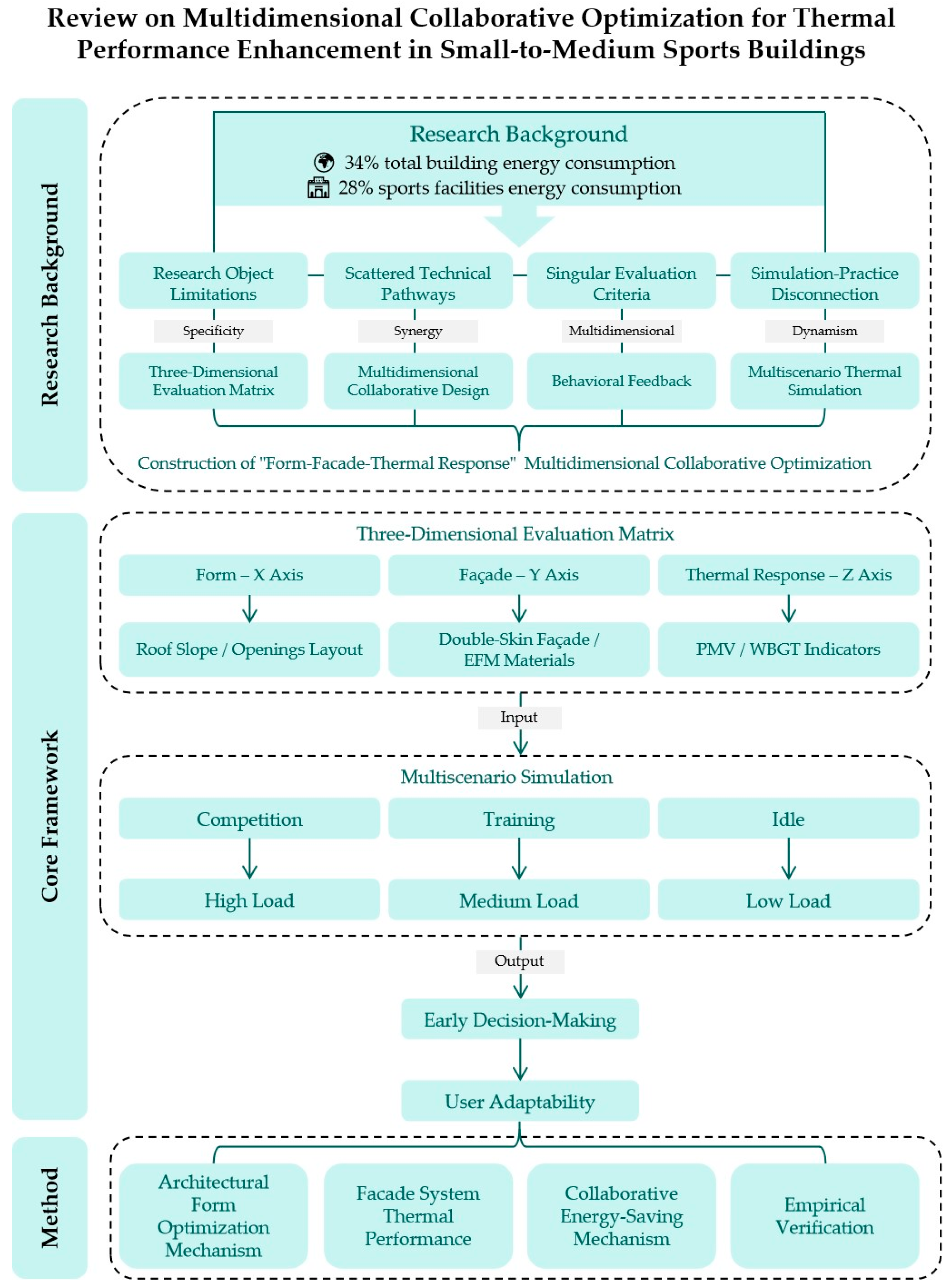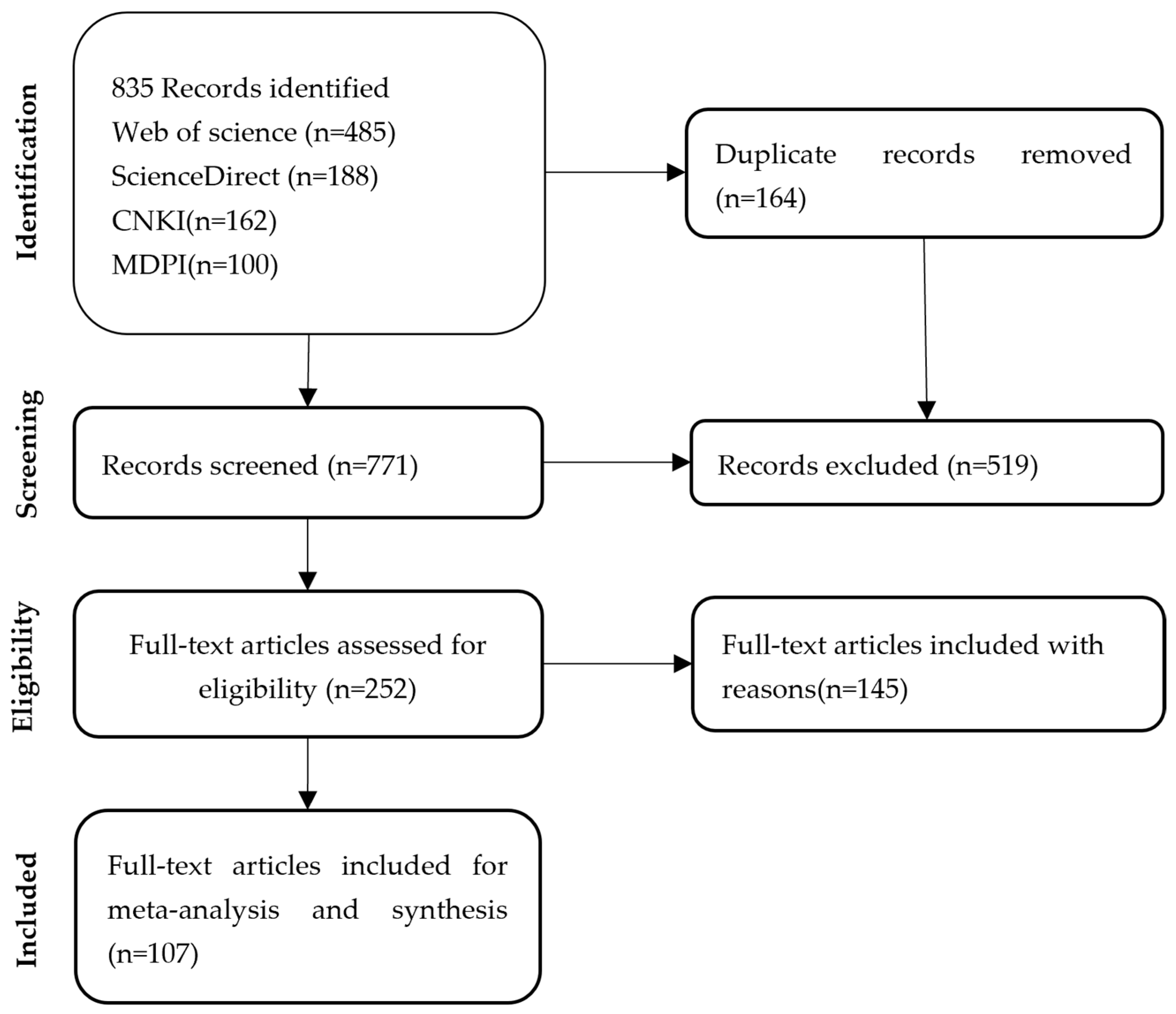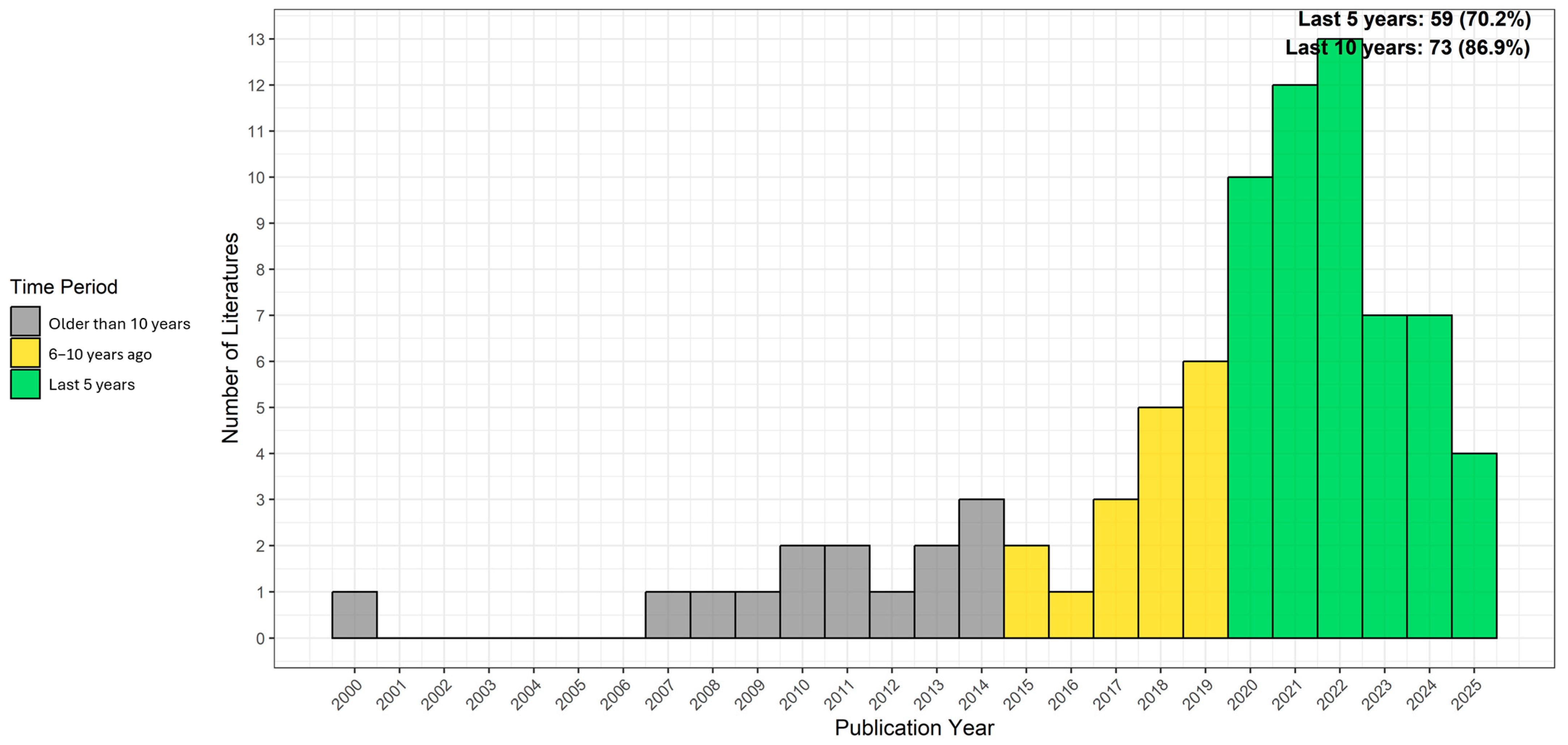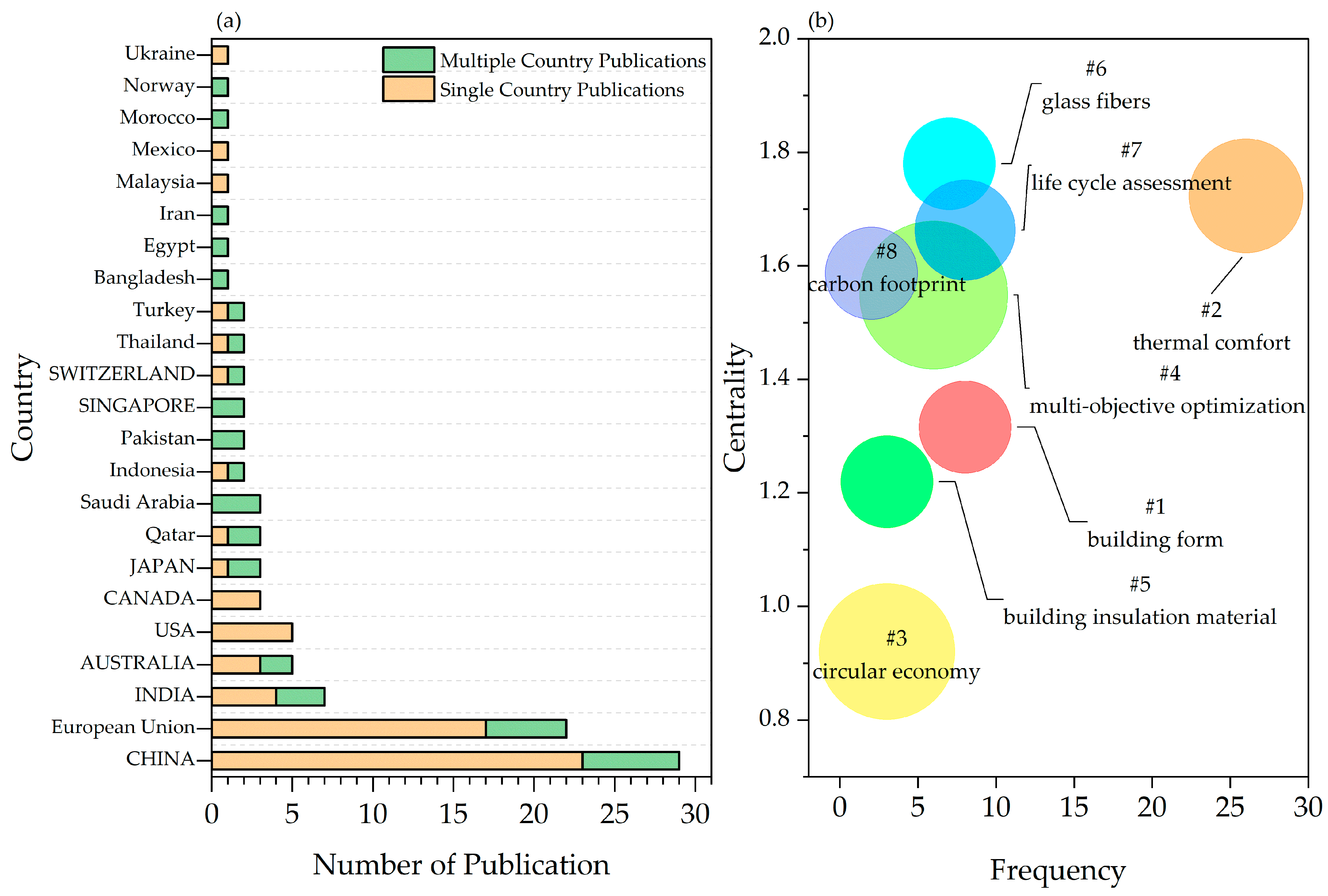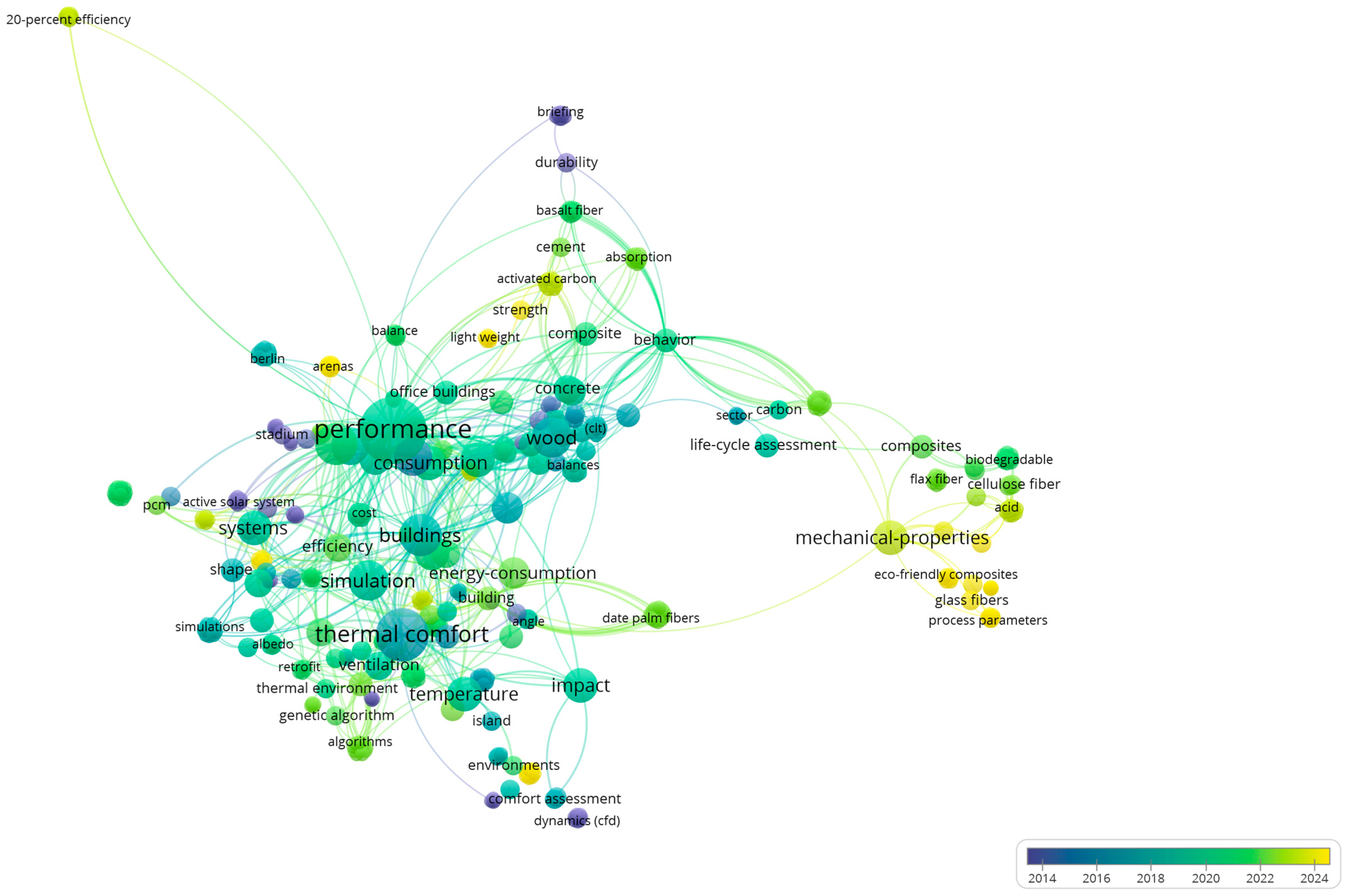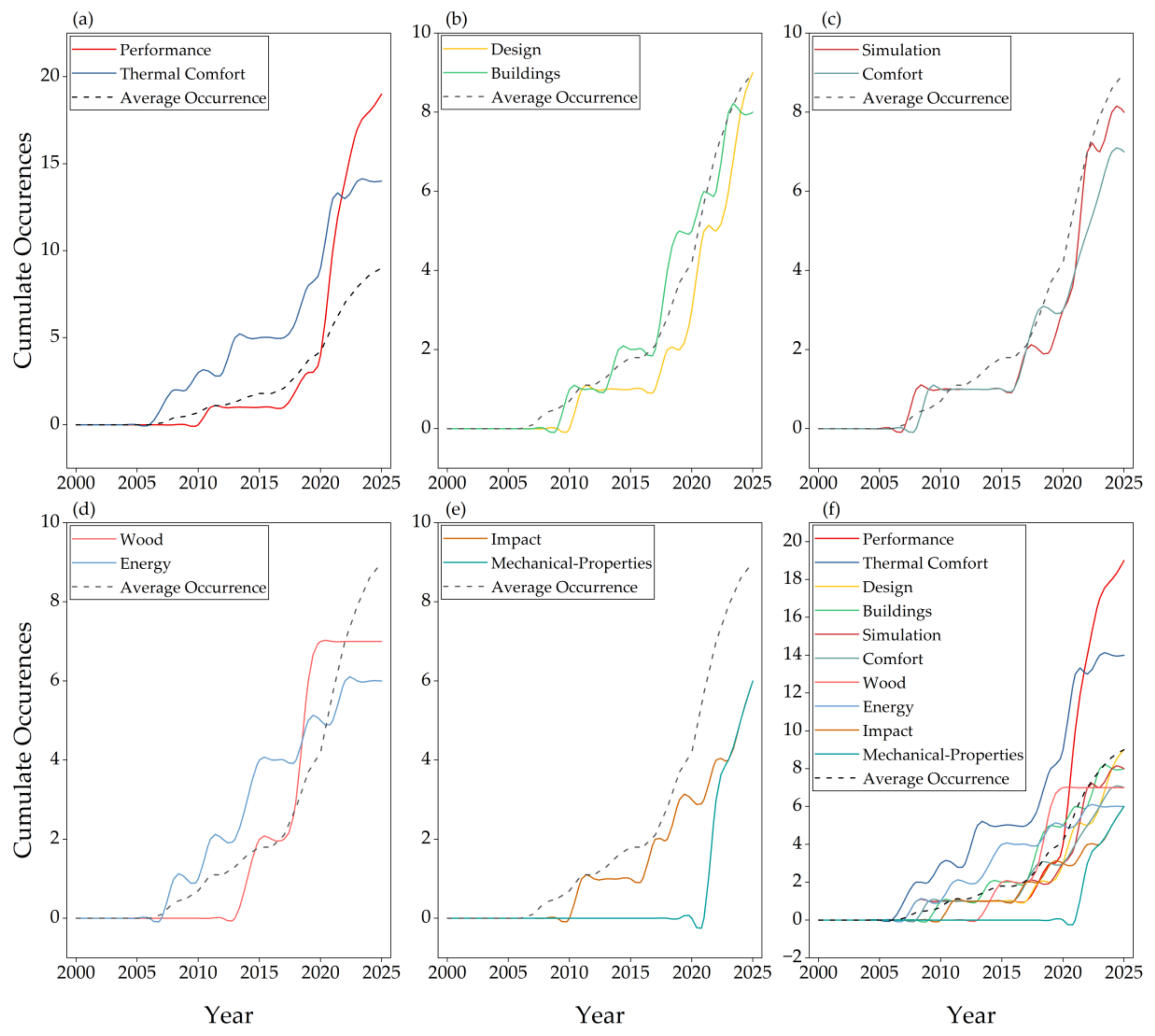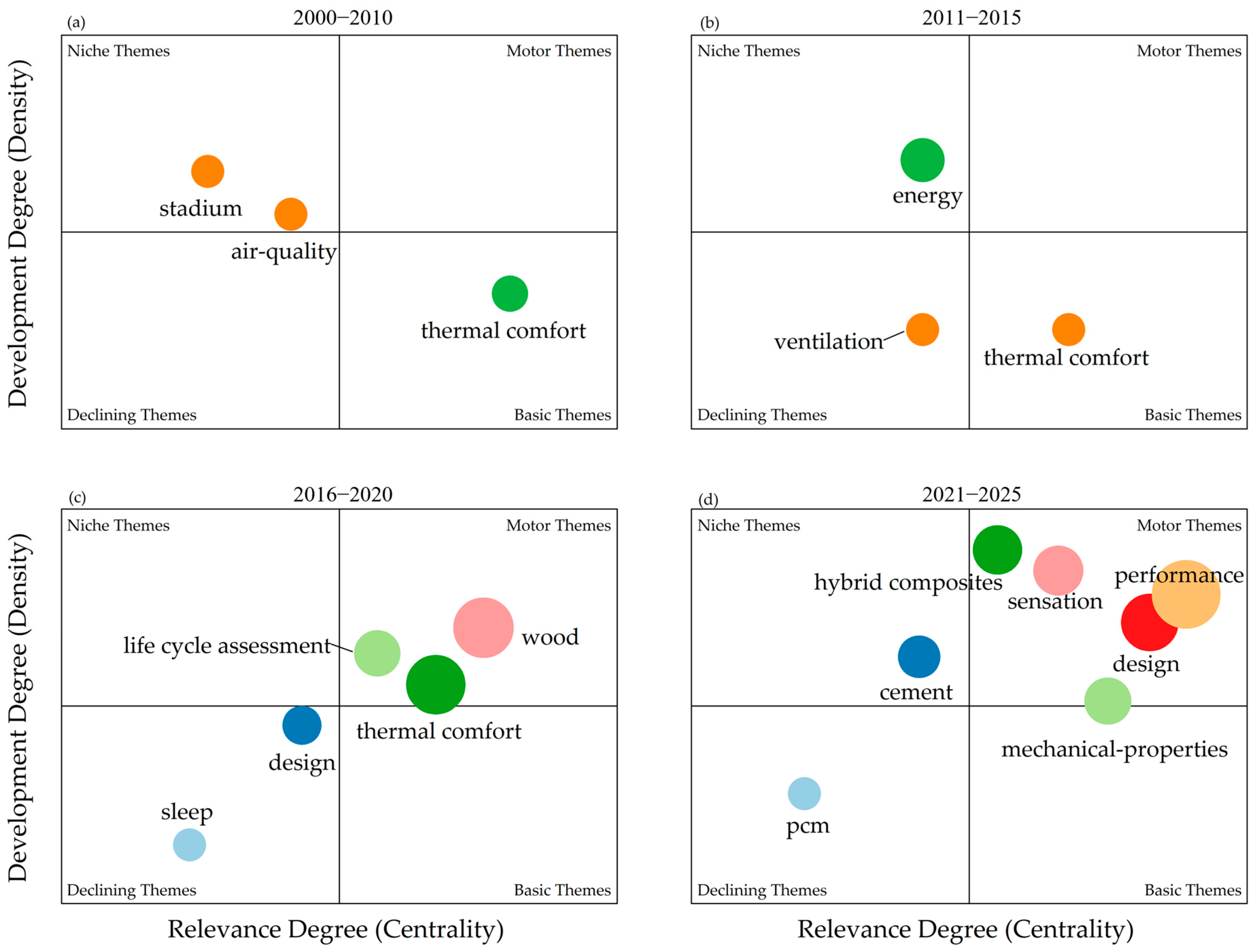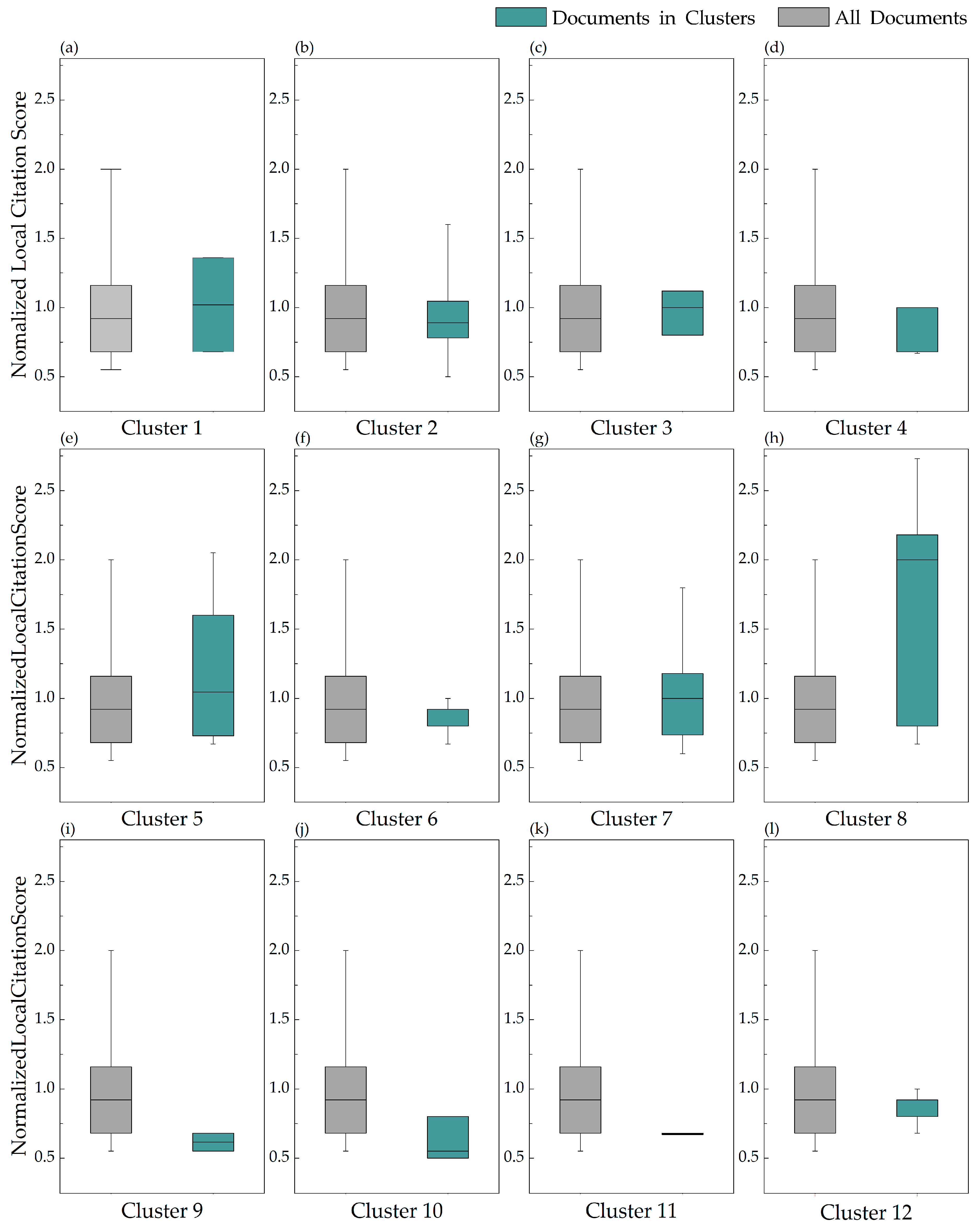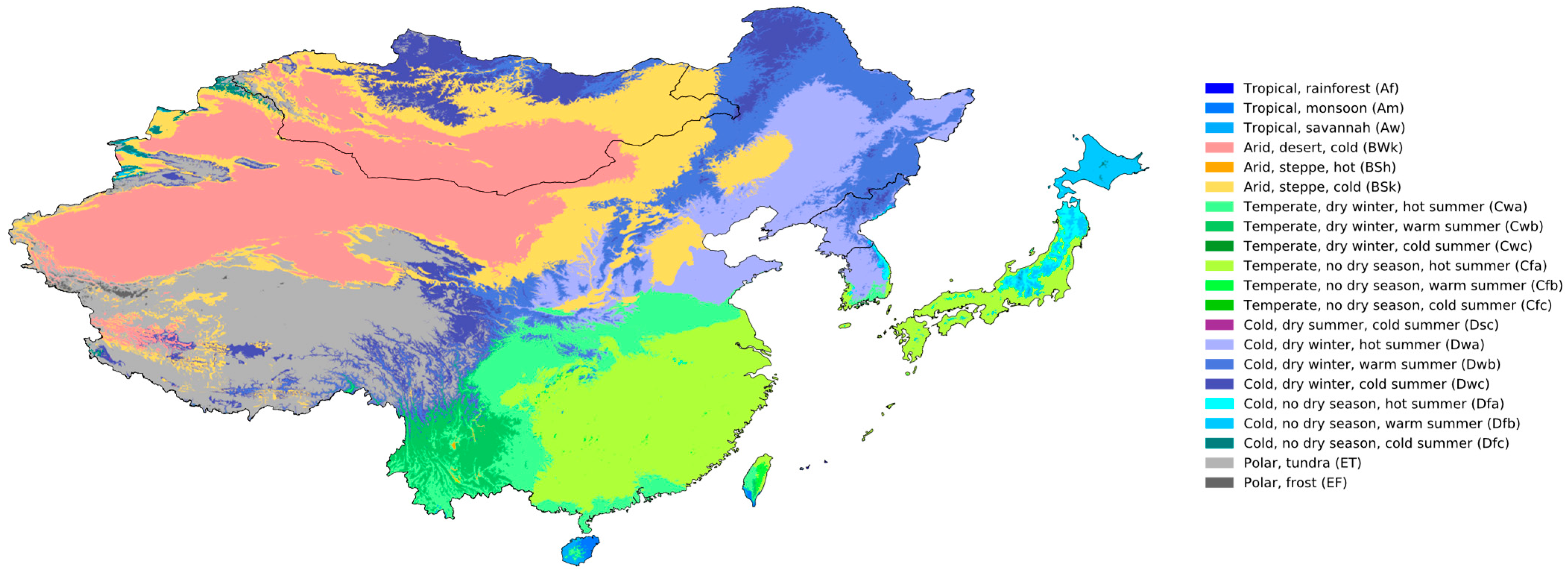1. Introduction
Since the 20th century, industrialization has sharply increased global energy use and greenhouse gas emissions, destabilizing the climate. The IPCC (2021) identifies carbon control as a core pillar of global environmental policy, reflected in “carbon peaking” and “carbon neutrality” strategies. Buildings contribute significantly, accounting for about 30–34% of global final energy use and related emissions. In 2022 alone, CO2 emissions from buildings reached nearly 10 Gt, or 37% of the global total. Enhancing energy efficiency in buildings has thus become a central research and policy focus.
Among non-residential buildings, sports and recreational facilities stand out for their high energy intensity and complex operational demands. Though they comprise only ~4% of the EU’s non-residential stock, they account for around 10% of energy use in this sector, often surpassing offices and schools in unit-area consumption due to large spans, intensive HVAC needs, and specialized lighting and ventilation systems [
1,
2].
China, as the world’s second-largest economy, recorded 9.22 trillion kWh in electricity consumption in 2023 (+6.7% YoY), with the building sector contributing roughly 34% of national demand and 37% of energy-related CO
2 emissions—a share expected to reach 35% by 2030 [
3,
4,
5]. Among non-residential buildings, small-to-medium sports facilities are increasingly critical due to their large volumes, intensive HVAC loads, and multifunctional usage. From 2003 to 2013, China’s total sports facility area grew by 43%, yet energy intensity varied widely across sites depending on design and operational strategies [
6].
Architectural form plays a central role in regulating natural ventilation and solar exposure [
7]. Roof geometry, facade openness, spatial connectivity shape airflow dynamics and solar gains, influencing both energy use and thermal comfort [
8]. Envelope innovations—such as double-skin facades, reflective coatings, and light-transmitting shading—have demonstrated cooling load reductions and indoor temperature stability in simulation and field studies [
9].
Tools like CFD and EnergyPlus, combined with comfort indices (e.g., PMV, SET, UTCI), such as ISO 7730 standard and ANSI/ASHRAE Standard 169–2021, support design optimization under climate-specific conditions [
10,
11,
12,
13]. EnergyPlus, an open-source building energy consumption simulation tool developed by the U.S. Department of Energy, focuses on annual energy consumption and heat balance calculations at the macro level and can evaluate the heating, cooling, lighting, and equipment energy consumption of an entire building. Computational Fluid Dynamics (CFD for short), as a practical tool for thermal comfort theory research and HVAC design optimization, focuses more on detailed analysis at the micro scale and can accurately demonstrate the air distribution, temperature stratification, and pollutant transmission status inside a room. In practical application, these two tools often exert synergistic advantages through coupled simulation: first, they rely on EnergyPlus to determine the overall energy consumption data and load status of the building, then use CFD to conduct more accurate analysis of air flow characteristics and thermal environment in key and structurally complex spaces, and finally provide a more solid reference basis for the design of HVAC systems and the optimization scheme of building form.
However, much of the existing research focuses on individual technologies or large-scale venues, lacking integrated frameworks tailored to small-to-medium sports buildings. For example, Ren et al. used knowledge graphs to trace low-carbon design evolution in cold regions, while Li et al. mapped a shift from envelope-first strategies (2000–2010) to PV-storage-flex integrations (2015–2023), yet both neglected morphological and comfort factors [
14,
15]. Valencia-Solares et al. argued for a paradigm shift from energy reduction to multidimensional optimization, stressing the need for climate-adaptive, thermally responsive strategies in dynamic-use sports spaces [
16].
Emerging AI-assisted controls offer promise for addressing thermal complexity. Technologies such as fuzzy logic, reinforcement learning, and real-time environmental feedback are driving the transformation of architectural design from single-dimensional energy-saving methods to multi-dimensional coupled optimization, and the integration of Building Information Modeling (BIM) with these technologies further strengthens this transformation process. As an integrated geometric and data platform, BIM can conveniently export information on building form and envelope structure and directly serve as input for simulation software like CFD and EnergyPlus, enabling more accurate evaluation of the performance of specific designs in terms of energy consumption and thermal comfort while real-time monitoring of building data such as energy consumption, temperature, humidity, and air quality, ultimately achieving an integrated and seamless workflow from architectural design to performance simulation and then to predictive operation management. Merabet et al. (2021) proposed integrating fuzzy logic, deep reinforcement learning, and real-time environmental feedback to create closed-loop, predictive regulation systems for athletic spaces [
17]. These developments underscore the need for a multidimensional evaluation framework—outlined in
Figure 1—to guide holistic design and simulation of thermal performance in small-to-medium sports venues.
2. Methodology
2.1. Data Retrieval Strategy
This study employs a systematic literature review approach based on the PRISMA framework, selected for its transparency, reproducibility, and methodological rigor. PRISMA ensures explicit reporting of search strategies, inclusion/exclusion criteria, and study selection, thereby strengthening the reliability of the review.
Literature retrieval was sourced from four authoritative databases: Web of Science, ScienceDirect, MDPI, and CNKI (China National Knowledge Infrastructure), focusing on thermal environment optimization in small-to-medium sports buildings [
18]. Web of Science, ScienceDirect, and MDPI were chosen for their broad international coverage in architecture, energy, and environmental science. CNKI was included to capture a large body of Chinese-language studies that provide empirical insights particularly relevant to passive design practices in the Chinese context. The search strategy was based on the core keyword “small-to-medium sports gymnasium,” in combination with thematic terms such as “thermal environmental performance,” “architectural morphology,” and “envelope system.”
As shown in
Figure 2, the literature screening process consisted of three stages:
First, after removing duplicates, 697 initial records were obtained. Second, studies related to active temperature control technologies, structural design, or operational management were excluded, resulting in 211 articles that specifically focused on passive energy-saving strategies. Finally, based on the inclusion criterion of empirical evidence (either field measurements or simulation-based data), 107 core articles were selected. From these, key data were extracted on morphological parameters (e.g., geometry, orientation, interface configuration), envelope thermal properties, and climate-adaptive design strategies.
As shown in
Figure 3, we plotted a temporal distribution chart for all 107 references, illustrating the temporal distribution of the literature. This chart separately indicates the number and growth trends of publications within the last five years, between six and ten years, and over ten years.
The analysis centers on the synergistic interaction between architectural form and envelope systems, exploring the dynamic influence mechanisms of building geometry on thermal environments, the thermal performance and renewable integration potential of envelope systems, and the development paths of climate-responsive optimization models. The results indicate that small-to-medium-sized sports buildings can enhance energy efficiency by 12–18% and keep the PMV index within the ideal ±0.5 range through the integrated design of building form and facade systems. These results validate the feasibility of passive design strategies in optimizing thermal environments and offer a theoretical and technical reference for low-carbon building design.
2.2. Analytical Tools and Parameter Settings
This study employed Bibliometrix 5.0, an R-based open-source bibliometric analysis tool, to conduct quantitative and visual analyses of the collected literature. All data were first preprocessed and converted to a standardized format using the convert2df function, after which key analytical functions from the bibliometrix and biblioshiny packages were used.
For the keyword co-occurrence analysis, the analysis was based on author keywords (field tag DE). The AI model used for this analysis was the Walktrap clustering algorithm. This model, rooted in graph theory, effectively detects communities or clusters within a network by simulating a series of random walks. Its primary function is to identify tightly connected groups of nodes (in this case, keywords) that are only loosely connected to other groups. This method is particularly suitable for revealing latent thematic structures in a body of literature. The model was applied within the Bibliometrix 5.0 software environment to cluster keywords with a minimum cluster frequency threshold of 2. In the cluster map, the x-axis represents term frequency and the y-axis indicates centrality (degree of connection across clusters).
The thematic evolution was analyzed based on the cumulative keyword occurrence and burst detection, with a time slicing strategy from 2000 to 2025 (1-year intervals). This analysis method identifies keywords that have a sudden and significant increase in usage over time, which can signal emerging research fronts or “bursts” of activity. Cumulative trend lines were used to show long-term trajectories of core terms.
All visualizations were rendered using Origin 2025b and exported in high resolution (600 dpi) for figure formatting.
2.2.1. Author Collaboration
In terms of author productivity, DONG Yu stands out as the most prolific author with three publications, ZHANG Qingyuan, YIN Xunzhi, WANG Junqi, and TURRIN Michela follow with two publications each, highlighting their notable engagement in the field. Other authors contributed a single paper, indicating that research output remains relatively dispersed. Overall, while a few scholars demonstrate consistent contributions, a consolidated core group of authors has not yet been fully established.
Figure 4a depicts the country-wise distribution of publications, distinguishing between Single Country Publications (SCP) in orange and Multiple Country Publications (MCP) in green. In terms of country-level contribution (as shown in
Figure 4a), China leads with the highest number of publications, predominantly through single-country authorship, indicating strong domestic research capacity. Meanwhile, countries like India, Australia, and Greece demonstrate significant international collaboration, suggesting an emerging trend of global cooperation in this domain.
2.2.2. Keyword Co-Occurrence
Figure 4a presents the most frequently occurring keywords in the selected literature, reflecting the main research foci of the field. The top keywords include performance (15), thermal comfort (11), energy consumption (9), design (9), and buildings (6), indicating a strong research focus on building performance optimization, thermal regulation, and energy management.
Figure 4b illustrates the temporal evolution of keywords, where the bars represent the active years and blue dots mark burst years, indicating surging attention. Prior to 2010, keywords such as energy consumption, design, buildings, simulation, and performance dominated, reflecting foundational research on building efficiency and modeling. After 2015, a shift toward environmental and comfort-oriented keywords emerged, such as CFD, thermal comfort, energy saving, building envelope, and greenhouse gas emissions, suggesting an increasing emphasis on sustainability and indoor environmental quality. In the most recent years (post-2020), terms like hybrid composites, embodied energy, adaptation, and CLT surged, indicating growing interest in green materials, carbon reduction strategies, and adaptive building design.
2.2.3. Keyword Clustering Analysis and Thematic Evolution
Figure 4b presents a bubble chart of keyword clusters based on co-word analysis. Each bubble represents a cluster of frequently co-occurring terms, with the
x-axis indicating frequency and the
y-axis indicating centrality. Cluster #2 (thermal comfort, CFD, comfort) is the most active theme with the highest frequency. Cluster #1 (building form, building envelope, energy) has relatively lower frequency but high centrality, suggesting its bridging role across subfields. Clusters #6 and #7 (3D printing, LCA, mechanical properties) show moderate frequency and high centrality, indicating they are influential in specific niches. Clusters #3 and #5 (biochar, biomaterials, circular economy) have lower centrality and frequency, possibly representing emerging or peripheral topics.
Figure 5 shows the cumulative occurrences of major keywords over time. Keywords like performance and thermal comfort have long-term presence and continue to grow steadily, suggesting their central role in the field. Terms such as design, simulation, comfort, buildings, and energy have seen increased attention especially since 2015, indicating a broadening of the field’s focus. Mechanical properties is a relatively new keyword with noticeable growth after 2020, highlighting it as an emerging research hotspot (
Figure 6).
As is shown in
Figure 7a, research themes remained fragmented. Topics such as “stadium” and “air-quality” were located in the niche and declining quadrants, indicating limited thematic development and low relevance. “Thermal comfort” began to emerge as a basic theme, suggesting its potential to become a foundational topic in subsequent years. In period 2011–2015 (
Figure 7b), research began consolidating around energy-related concerns; “Energy” moved into the niche themes quadrant, reflecting a more structured but domain-specific development; “Thermal comfort” remained a basic theme, maintaining relevance but still lacking density; “Ventilation” shifted into the declining themes quadrant, indicating reduced short-term interest. The focus started to shift toward energy efficiency and thermal regulation, while ventilation temporarily lost visibility as a central topic. In the third period (
Figure 7c) marked the rise of materials and environmental assessment. “Wood” appeared in the motor themes quadrant, signaling its prominence as a sustainable construction material; “Thermal comfort” and “design” remained basic themes, indicating ongoing relevance but moderate specialization; “Life cycle assessment” entered the niche themes quadrant, representing deepening methodological focus; “Sleep” emerged as a declining theme, reflecting limited scholarly interest. The field expanded into environmental impact assessment and sustainable building materials, with thermal comfort remaining central. The most recent period (
Figure 7d) shows a clear shift toward performance-driven and user-centric themes. “Performance,” “design,” and “sensation” emerged as motor themes, underscoring the importance of user experience and overall building performance; “Hybrid composites” and “cement” were located in the niche themes quadrant, suggesting active but domain-specific exploration of advanced materials. “Mechanical properties” became a basic theme, indicating growing structural research. “PCM” (Phase Change Materials) appeared in the declining themes quadrant, suggesting fading interest. This phase highlights the transition toward integrated performance optimization and innovative materials, alongside a growing interest in occupant perception and sensory comfort.
Generally,
Figure 7 reveals a clear trajectory from dispersed early-stage themes toward consolidated core areas. “Thermal comfort” emerges as a persistent basic theme, gradually accumulating scholarly attention. “Energy” and later “performance” evolve into motor themes, indicating their central role in research development. The recent emergence of topics like “hybrid composites,” “design,” and “sensation” in the motor or niche quadrants highlights the shift toward sustainable materials, user-centric design, and performance-driven building research.
To further analyze the thematic development of each cluster, the Normalized Local Citation Score (NLCS) is taken for each cluster and compared with that of all documents, as shown in
Figure 8. NLCS is a field-normalized metric that indicates how frequently a document has been cited within a defined local corpus, relative to the average citation count of that corpus. It reflects the document’s influence in its specific research context, enabling meaningful comparisons across thematic clusters or time periods. A higher NLCS suggests greater local relevance and scholarly attention within the target domain.
The comparative analysis (as shown in
Figure 9) reveals clear disparities in citation impact across clusters. Clusters 5 and 8 demonstrate significantly higher citation scores, indicating their roles as high-impact or emerging research frontiers. Clusters 1, 3, 7, and 12 align closely with the overall distribution, suggesting they are core or well-established topics. In contrast, Clusters 4, 6, 9, 10 and 11 show relatively low citation performance, likely representing underexplored or nascent thematic areas.
Beyond the cluster-level impact, a cross-citation analysis of the 95 core publications was conducted to examine their interconnectedness. The findings reveal that certain clusters, particularly those addressing thermal comfort and energy efficiency, exhibit moderate levels of mutual citation. However, many studies remain relatively isolated, reflecting parallel lines of investigation rather than a fully integrated research stream. This indicates that although thematic convergence is emerging, knowledge integration in the field is still at an early stage and requires stronger cross-referencing and cumulative scholarship.
In summary, the bibliometric analysis provides a comprehensive overview of the research landscape by examining publication outputs across authors, countries, and keywords. Research efforts are predominantly led by China and other Asian countries, with a scattered yet active author network. The keyword analysis indicates a thematic shift from traditional energy consumption assessments toward broader topics such as thermal comfort, green materials, and low-carbon design. The cluster analysis of keywords reveals several interdisciplinary and emerging thematic areas, offering valuable insights for future research directions.
3. Morphological Influence
The rapid rise of sports architecture in China, supported by improved living standards and national policy, has led to increased energy use. To address this, energy-efficient design must balance user comfort with passive strategies [
19]. Architectural form significantly affects operational energy. Even with similar scale and age, different layouts and window-to-wall ratios can double energy use, underscoring the need for form optimization from the outset [
20] (
Table 1).
In recent years, the impact of building morphology on the thermal performance of sports buildings has gained increasing attention. Existing studies have systematically explored geometric configurations, facade composition, and climate responsiveness from the perspectives of solar energy utilization, thermal comfort, and carbon emission reduction.
Table 1 summarizes representative research over the past two decades on how building form affects thermal performance in sports and other public buildings. Qian et al. devised a method to boost energy efficiency in small-to-medium sports buildings through form and envelope optimization, which encompasses roof configuration and thermal insulation improvement [
21]. Notably, early-stage design decisions affect up to 80% of a building’s environmental impact and operational costs [
22]. In this phase, architectural design plays a pivotal role—not only in aesthetics but also in energy efficiency.
Research has also demonstrated that building form significantly affects solar energy utilization. Kämpf et al. presented a simulation-driven optimization approach to bolster the solar irradiation on building surfaces, which subsequently enhances energy performance and renewable energy output [
23]. Similarly, Azami and Sevinç assessed the operational efficiency of building-integrated photovoltaic (BIPV) systems, revealing that improvements in envelope design can substantially enhance solar energy yield and building-wide energy performance [
24]. Similarly, Hachem et al. used parametric analysis to evaluate how geometric form affects solar potential in residential buildings and found that morphological optimization can significantly increase solar energy utilization and improve sustainability [
25]. Dong et al. identified 10 common gymnasium forms and assessed their energy performance—EUI, PVPG, and CE—using Ladybug and Honeybee, analyzing how form and orientation affect outcomes in various climate zones [
26]. Lin et al. investigated the thermal performance of ice rinks with various envelope designs, finding that longwave radiation made up over 44% of the total load and could be cut by 53.2% via low-emissivity coatings on ceilings [
27].
Researchers have conducted extensive investigations into various strategies aimed at reducing building energy use and carbon emissions in sports buildings. Dong et al. discovered that athletic buildings constructed with rein-forced concrete exhibit higher life-cycle energy loads and CO
2-equivalent emissions compared to those with timber structures [
8]. Yue et al., in their design of the Qingdao University gymnasium, considered wall types, roof types, and HVAC systems, integrating thermal comfort metrics alongside energy optimization [
28]. Fan et al. optimized facade shading to reduce energy load and improve daylight comfort [
29]. Guo et al. assessed how climate and architectural form affect passive ventilation in subtropical gymnasiums and proposed energy-saving HVAC control strategies during non-event periods. Other studies emphasized the importance of active solar utilization in energy conservation [
30]. Jiang et al. conducted an investigation into the impact of stadium shape on solar irradiation in Nanjing, China, revealing that roofs offer substantially greater solar potential than facades, and that variations in roof geometry can cause solar availability to differ by as much as 11% [
31]. Manni et al. compared carbon offset potential between high-reflectivity coatings and BIPV systems on a football stadium roof in Italy, finding that BIPV offset up to 1500 kgCO
2-eq/m
2—much higher than the 100 kgCO
2-eq/m
2 offered by reflective coatings [
32].
Building form also influences air circulation and shading capacity. Several studies have focused on form optimization under specific climate conditions. In the Mediterranean climate, it was found by Zerefos et al. that prismatic buildings outperform rectangular ones in energy efficiency, with annual energy demand varying between 2.51% and 16.01% influenced by geometric orientation [
33]. Giouri et al. assessed four distinct high-rise building geometries—square, octagonal, standard rectangular, and elongated rectangular—within a Mediterranean climatic setting, finding that square configurations demonstrated the highest energy performance [
34].
Other studies have compared optimal architectural typologies across diverse climatic contexts. Based on climate datasets covering seven regions across North America and Egypt, Ola et al. categorized high-rise structures into three distinct morphological forms and found that the rotor model offered the most favorable energy performance across all climate conditions [
35]. Outpatient buildings in five climate zones were analyzed by Yang and Zhang, who examined centralized, corridor, and courtyard forms [
36]. Four library building forms—core-type, linear, compact, and articulated—were studied by Deng and team, who outlined suitable energy-saving strategies for different climates [
37].
Existing studies on energy-efficient form optimization have primarily focused on planar geometry in residential and office buildings, often assuming flat roofs and overlooking the role of roof morphology. However, in large-scale public facilities such as sports buildings, roof geometry significantly influences thermal performance, yet remains underexplored—especially across diverse climatic conditions. While some research has linked BIPV systems with roof shape and orientation, most limit their scope to simplified geometries and neglect the combined evaluation of energy-saving potential and photovoltaic yield. In this context, incorporating operational carbon emission analysis offers a more integrated framework for assessing both energy consumption and renewable energy generation in roof design.
6. Conclusions
This study systematically reviewed thermal performance optimization strategies in small-to-medium-sized sports buildings, emphasizing a multidimensional perspective that integrates architectural form, envelope systems, environmentally friendly materials, and thermal comfort regulation. The review revealed that building morphology—especially roof configuration, orientation, and the openness of façades—directly impacts solar radiation, airflow patterns, and thermal load distribution. Thoughtful morphological design at early stages can significantly enhance passive climate responsiveness, reduce reliance on mechanical systems, and improve indoor comfort.
Envelope systems emerged as a critical determinant of energy efficiency, with optimized insulation, dynamic shading, and advanced fenestration systems contributing to reductions in cooling demand ranging from 12% to 18%. Studies employing simulation tools such as EnergyPlus and CFD consistently demonstrated the effectiveness of double-skin façades, low-emissivity coatings, and climate-adaptive roof structures in maintaining thermal stability across diverse climatic contexts.
The use of environmentally friendly materials—including timber, recycled composites, and low-VOC products—proved effective in lowering embodied carbon and supporting circular construction practices. Life cycle assessments (LCA) further validated the superior performance of timber-structured stadiums in reducing operational energy use and greenhouse gas emissions compared to conventional reinforced concrete buildings. Moreover, integrating renewable energy technologies (such as BIPV) with optimized building envelopes was shown to significantly enhance energy autonomy and carbon offset potential.
In terms of thermal comfort regulation, the review identified a research shift from standard HVAC control to adaptive, user-centered strategies that combine passive ventilation, dynamic shading, and intelligent systems. Semi-outdoor environments such as stadiums pose unique challenges due to spatial variability in temperature, humidity, and radiation; hence, advanced thermal indices and real-time control algorithms are increasingly used to evaluate and manage occupant comfort.
In conclusion, the evidence suggests that low-carbon, high-performance sports buildings are best achieved through early-stage integration of passive design, envelope optimization, sustainable materials, and AI-assisted climate-responsive control systems. Future research should focus on refining these strategies through real-time sensor feedback, adaptive morphological logic, and intelligent envelope operation algorithms, supported by multiscale simulations and post-occupancy evaluations.
Meanwhile, most sports venues in the future will be equipped with real-time “digital twin” virtual entities. Managers can simulate various complex scenarios in this virtual model to achieve predictive management and refined regulation throughout the entire life cycle of the physical venue. This operation and maintenance model, which integrates technologies such as digital twin, will be more deeply integrated with machine learning algorithms. By learning various types of data, it can predict load demands and environmental changes, enabling equipment to operate at the most appropriate time and achieving energy-saving and comfort effects.
